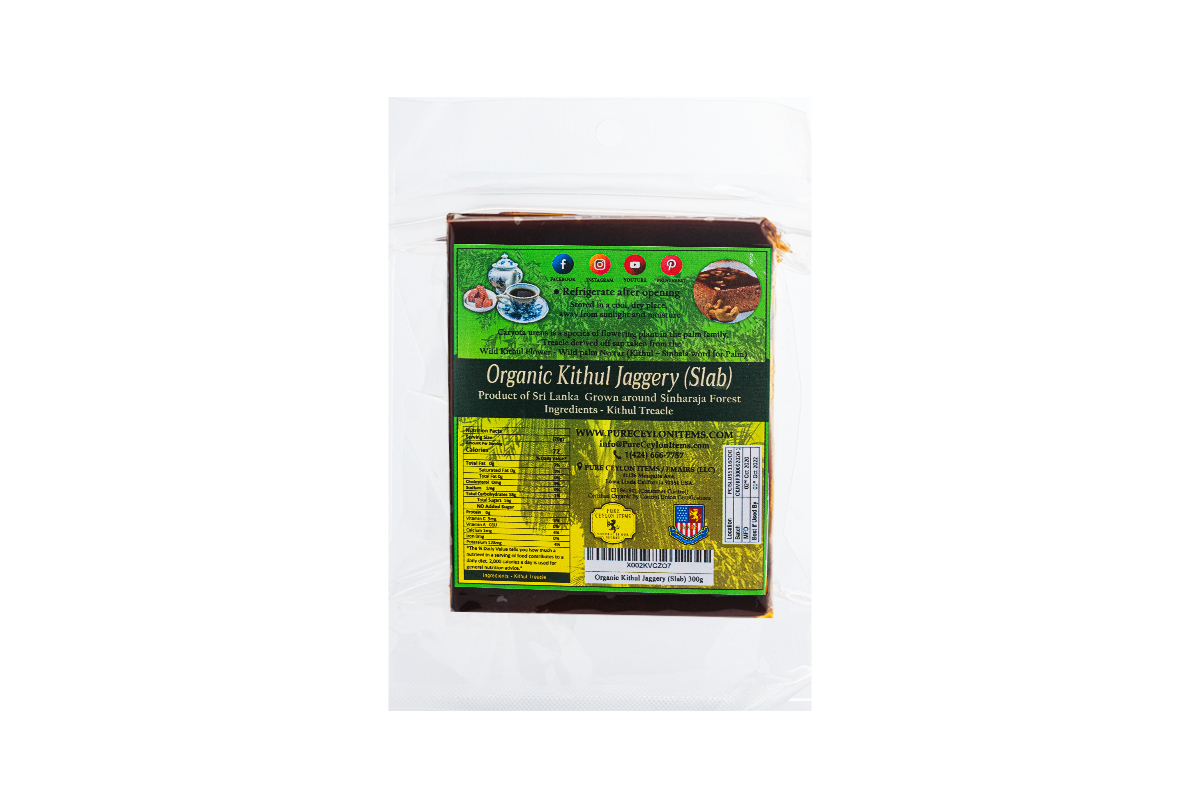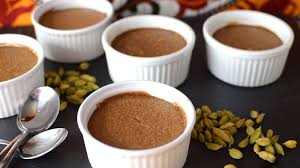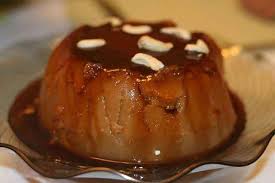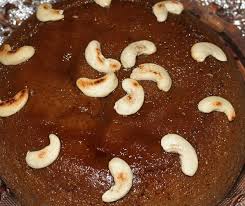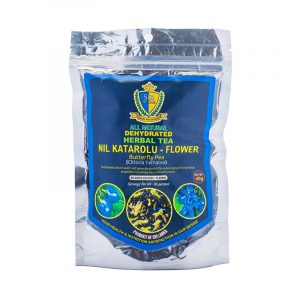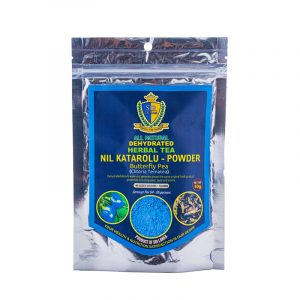Description
Sri Lanka’s beloved natural sweetener, Kithul jaggery, is made from the sap (kitul palm, Caryota urens) harvested from the sap has to be boiled beyond the point it turns into the syrup so that it gains in thickness and its water content is further evaporated. Also Kithul Jaggery / Syrup, treacle/Pani is used as a sweetener, consumed with tea, curd, yogurt, hotcakes, pancakes, and toasted bread.
Kitul treacle (Syrup) / Pani is made from sap extracted from the inflorescence of the kitul palm, Caryota urens, which grows in Sri Lanka. The treacle is made from pure sap boiled down to a sweet, dark brown syrup, thick and sweet in flavor, with a taste resembling dates with a slight hint of caramel.
Though the tree, a species of palm called Caryota urens (also called the fishtail palm), grows in other parts of the region, the sticky, smoky, sweet-yet-savory syrup is purely Sri Lankan
——————————-
In general, Wild Kithul Treacle has a glycemic index of 35. tapped from the inflorescence of the Kithul palm tree. Also called kithul honey and sometimes confused with molasses, kithul treacle uses pure sap for a unique taste and aroma that is more similar to maple syrup.
The research found on, the Glycemic Index of Caryota urens (Kithul) Treacle and Jaggery; Traditional Natural Sweeteners of Sri Lanka January 2018.
Conference: 24th ISCB International ConferenceAt: Manipal University Jaipur, India
Authors:
Thiruni N Adikari – UNSW Sydney
Pathmasiri Ranasinghe – Industrial Technology Institute
Namal Wijesinghe – General Sir John Kotelawala Defence University
Sirimal Premakumara – University of Colombo
https://www.researchgate.net/publication/322790116_Glycemic_Index_of_Caryota_urens_Kithul_Treacle_and_Jaggery_Traditional_Natural_Sweeteners_of_Sri_Lanka
Caryota urens (Kithul), is one of the native sugar palms in Sri Lanka. Traditionally, the young inflorescence of C. urens is tapped for its sweet phloem sap, which is used to produce sweeteners (treacle & jaggery) and fermented beverages (toddy). It is shown to possess several medicinal properties such as antioxidant, anti-diabetic [1,2]. The objective of this study was to determine the glycemic index of two commonly used traditional sweeteners in Sri Lanka; kithul treacle and jaggery. A randomized clinical trial was carried out according to WHO/FAO guidelines [3]. After overnight fasting, eleven healthy volunteers consumed treacle, jaggery, and glucose (as the reference) containing 50 g of available carbohydrates on different days with a minimum gap of 7 days. The reference was repeated two times on each subject in between test foods with a minimum gap of seven days. Blood glucose levels were assessed at time points of 0 (before consumption), 15, 30, 45, 60, 90, and 120 minutes after. Incremental area under two-hour blood glucose response for each person was used to calculate GI. The mean age of the participants was 26.8 ± 4.96 years (range: 20–36 years), mean body mass index (BMI) of 24.94 ± 5.2 kg/m2 (range: 17.6 – 33.3), and mean HbA1c% was 5.27 (range: 4.9–6). GI values were found to be 27.84 for treacle and 31.34 for jaggery. Our results indicate low GI values and, therefore kithul treacle and jaggery can be recommended for diets of diabetic patients as a superior substitute for white sugar.
========================================================
What is the difference between Kithul (Caryota) Treacle (Wild palm treacle) And Maple syrup …
Kithul Treacle is a thick syrup made from the unfermented and concentrated sap tapped from the inflorescence of the Kithul palm tree. Also called kithul honey and sometimes confused with molasses, kithul treacle uses pure sap for a unique taste and aroma that is more similar to maple syrup. As an all-natural, chemical-free product with no additives or preservatives, treacle is considered a healthy alternative to granular sugar.
Kithul Jaggery is made from the concentrated treacle, which is poured into molds and then dried. It is used as a brown sugar replacement.
Maple Syrup is a syrup made from the sap of sugar maple, red maple, or black maple trees. The syrup consists primarily of sucrose and water, with only small amounts of other sugars such as fructose and glucose. Organic acids, most notably malic acid, make the syrup slightly acidic
Maple syrup is an excellent source of manganese and a good source of zinc. It is said to promote heart health, support the immune system and promote prostate health (obviously in men). Other nutrients found in maple syrup, albeit in small amounts, are calcium, potassium, magnesium, phosphorus, iron, vitamin B5, vitamin B6, riboflavin, niacin, biotin, folic acid, and amino acids.
Maple syrup has a glycemic index of 54.
Kithul (Caryota) Treacle (Wild palm treacle) ………………………………………Ultimate tasting syrup, derived from Cayrota urens or ‘Kithul Palm’ from Sri Lanka. Considered on the top shelf of all sweeteners in Asia. A great low glycemic alternative to maple syrup and is comparable to agave in it’s sugar profile, having equal portions of glucose to fructose. Each tablespoon contains only 10 grams of sugar and only 50 calories. Great on oatmeal, pancakes, yogurt, and amazing on ice cream. Processing starts with a specialized blend of local herbs placed on the palm flower, at which it begins producing sap. This is then collected in small pots and brought down the tree an average of twice a day. From there the syrup is boiled down in a two-step process. First over a high boil to remove most of the moisture and form a bubbly rich froth. Secondly, the sap is placed over a slow cook flame to bring the sap to a thick sticky syrup. The result is an amber syrup with consistency between maple syrup and honey but, with a robust flavor, delicious light caramel flavor, and a subtle smokey overtone. Perfect for pancakes, yogurt, sauces, or any other practical application where you would apply honey or syrups.
Disclaimer- All information is for your reference only, please do your own research and verify.


